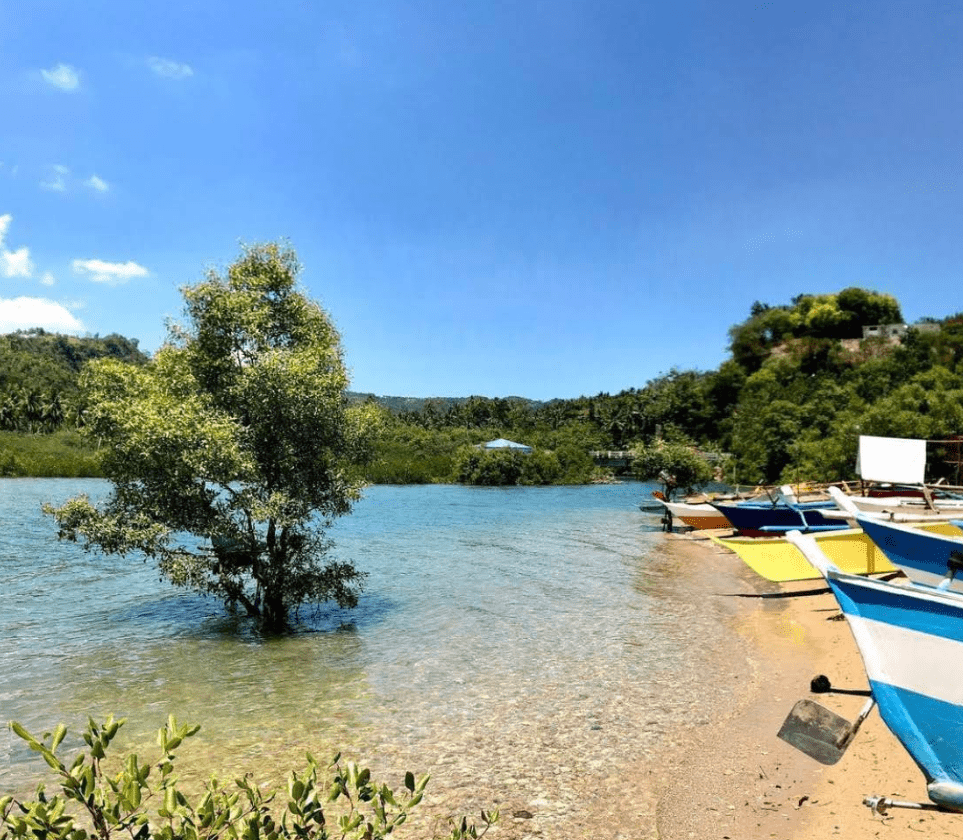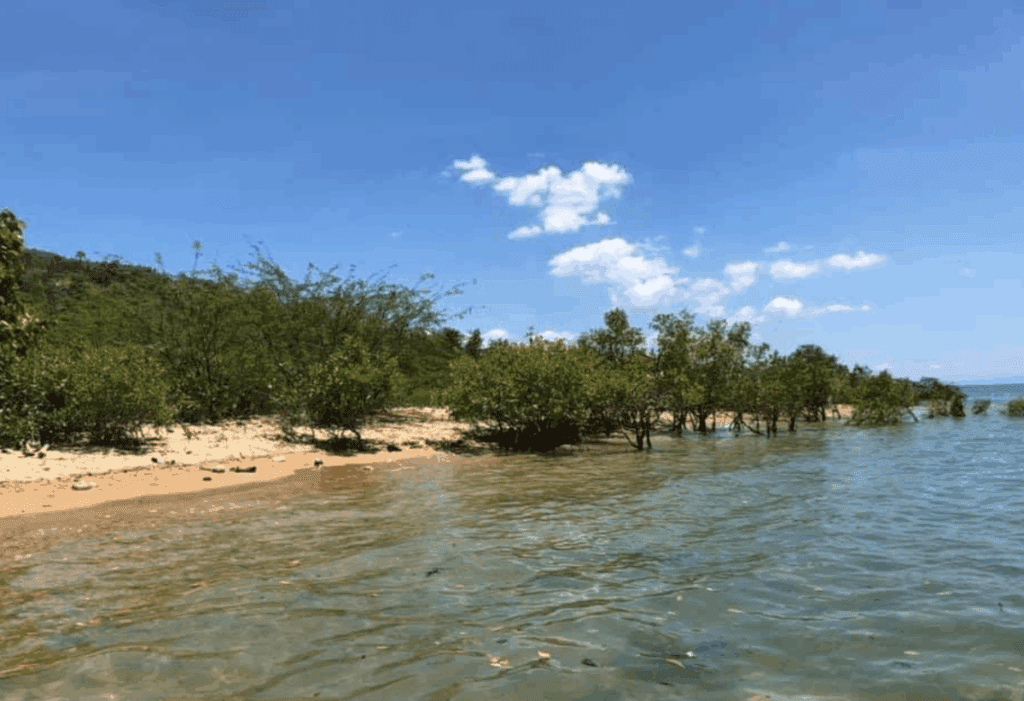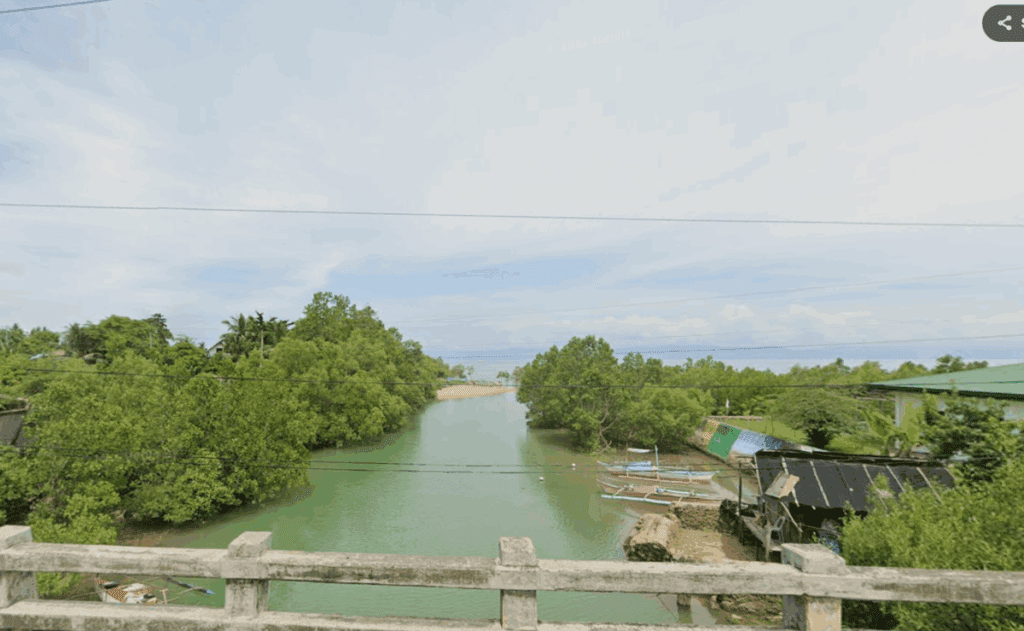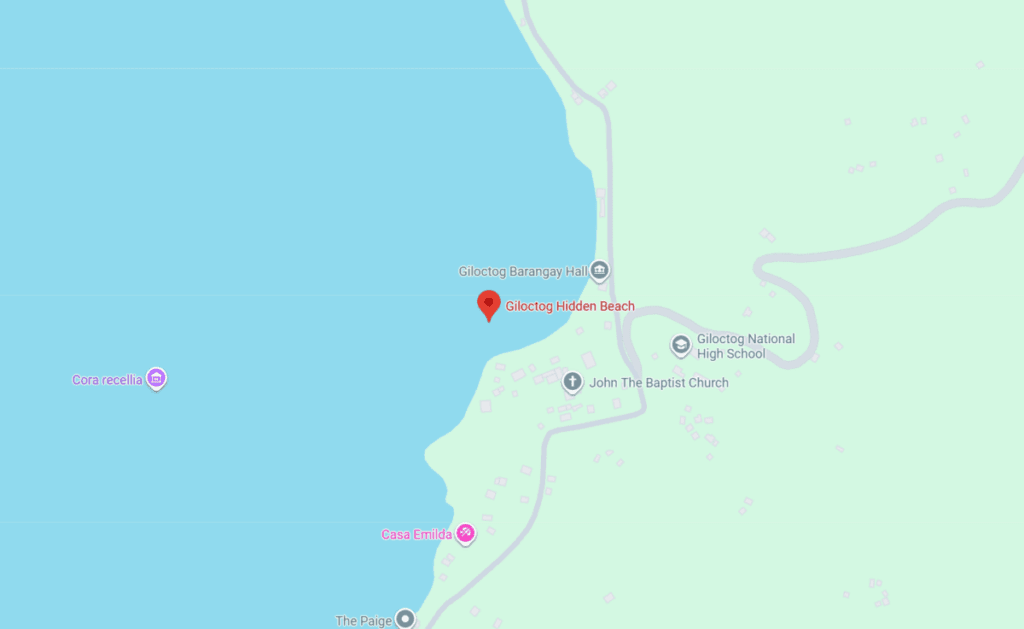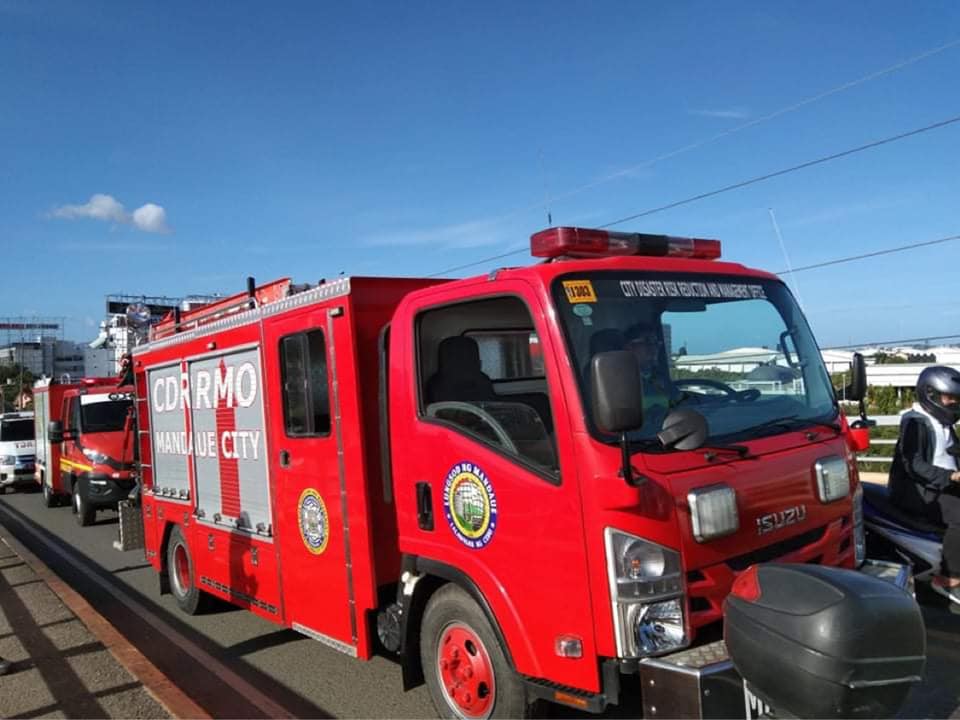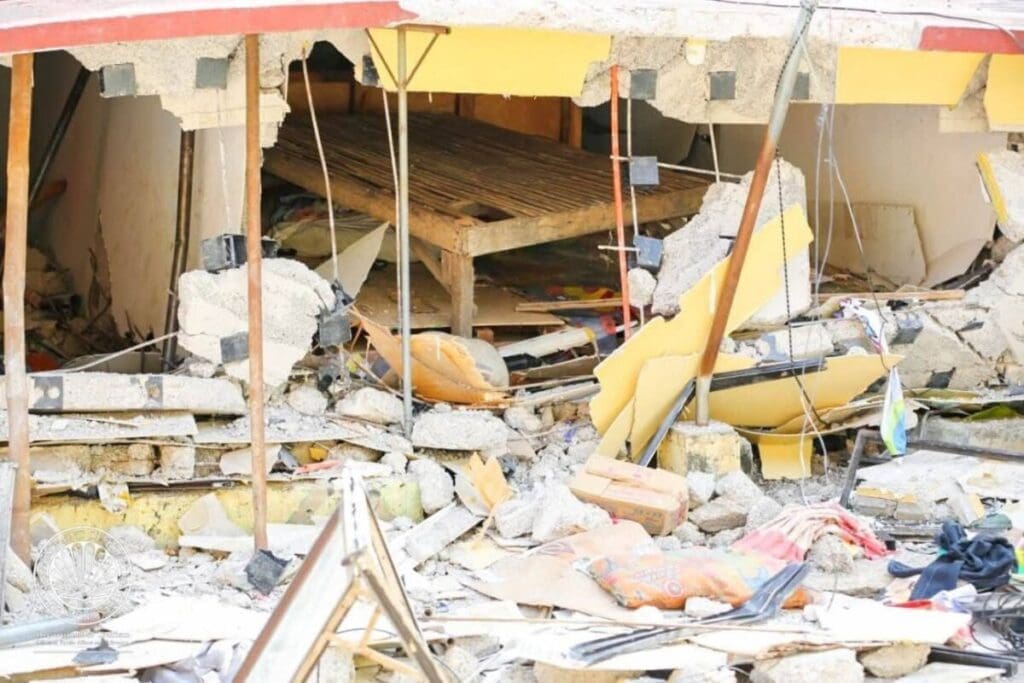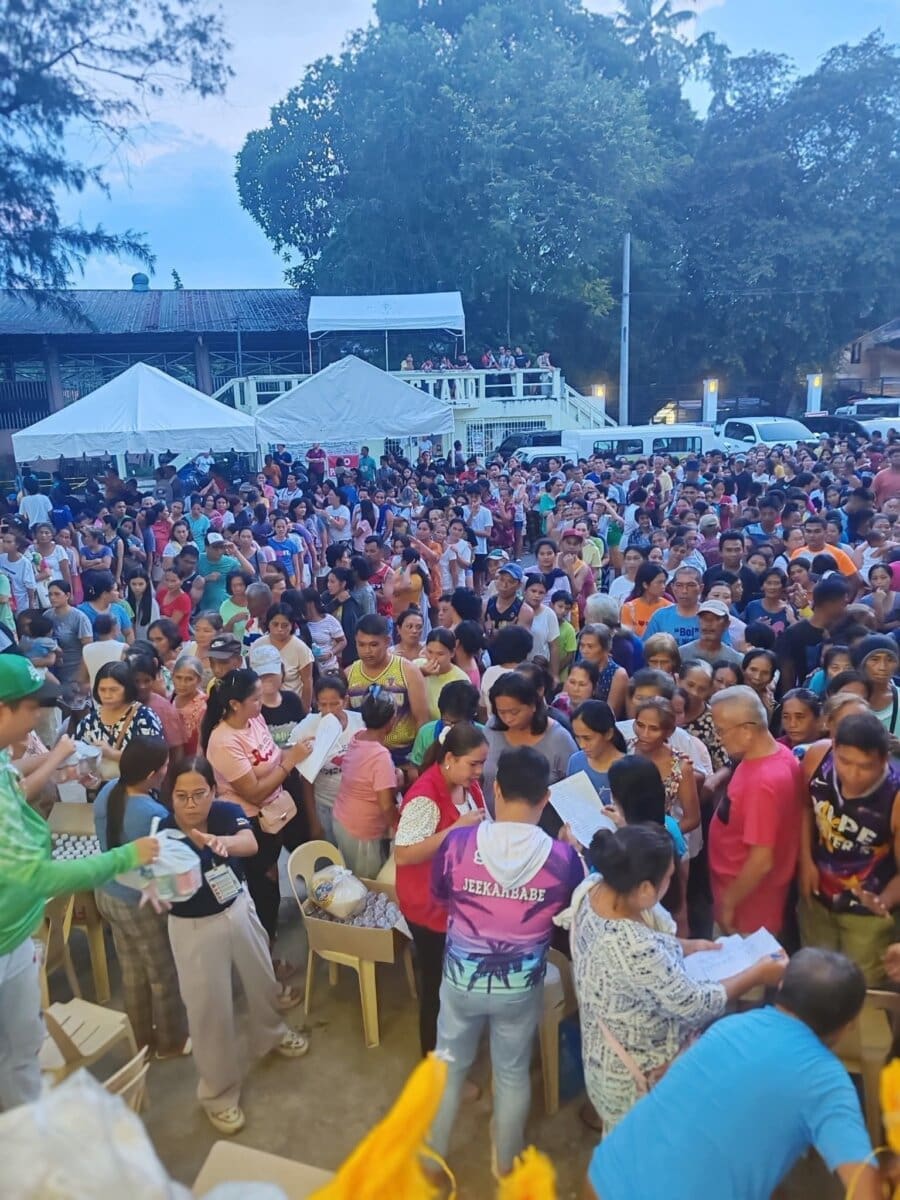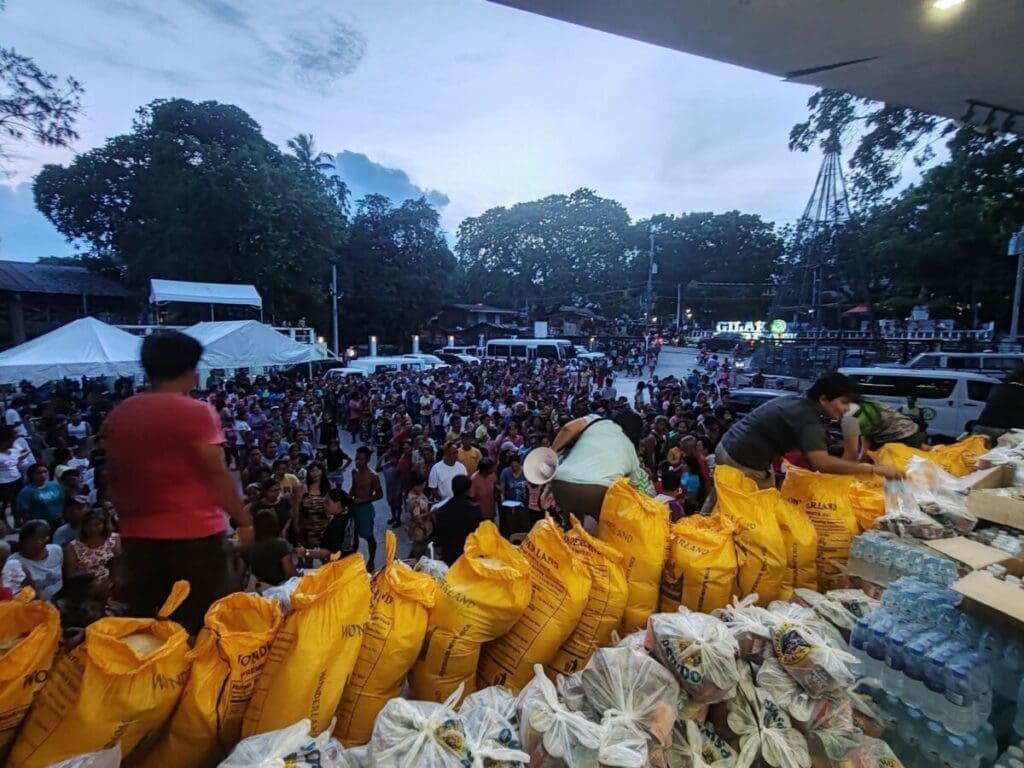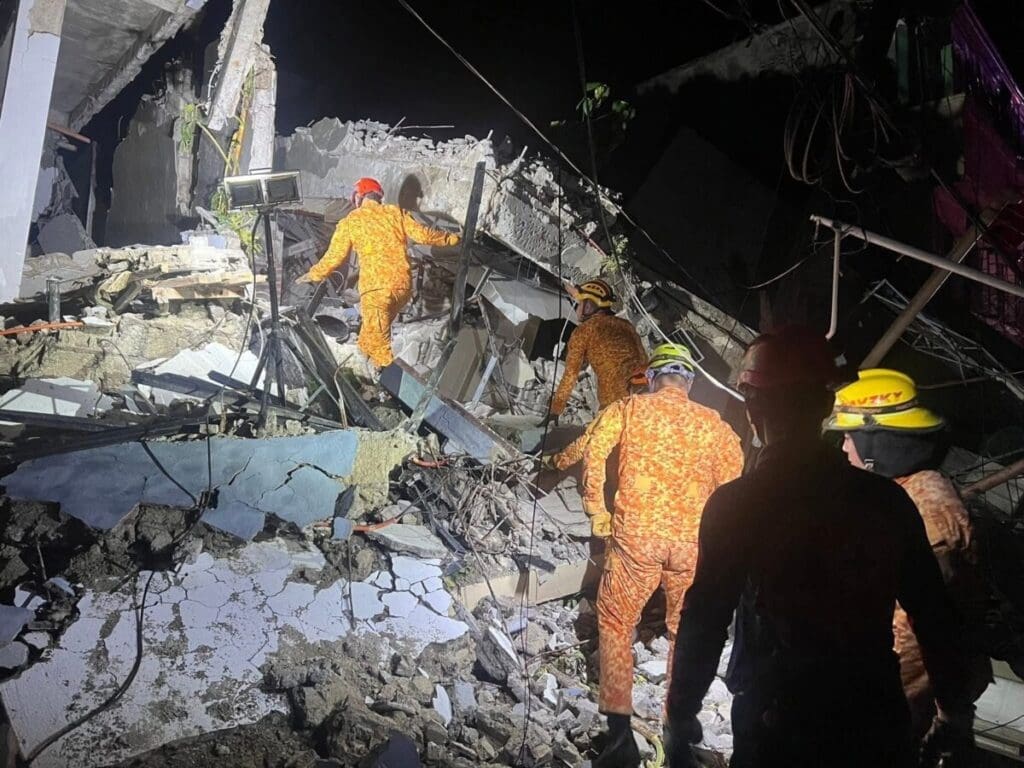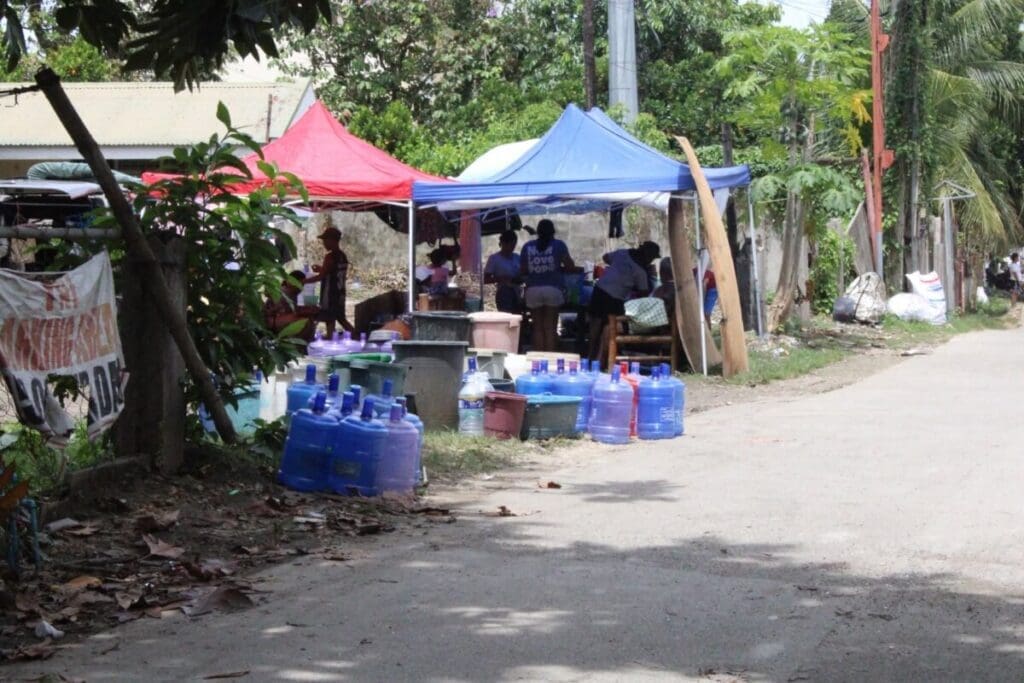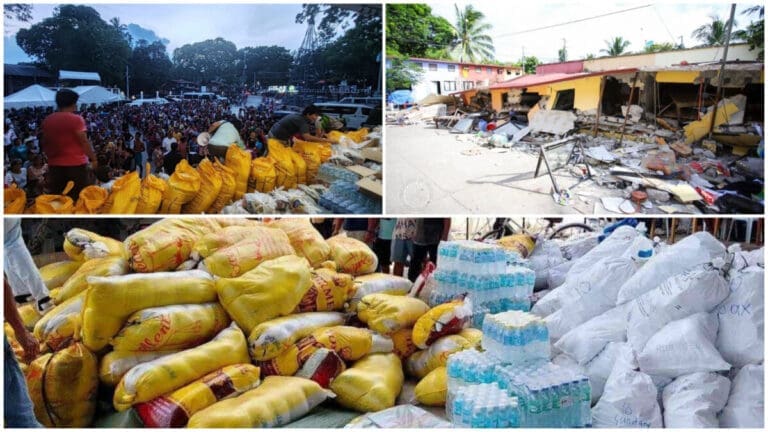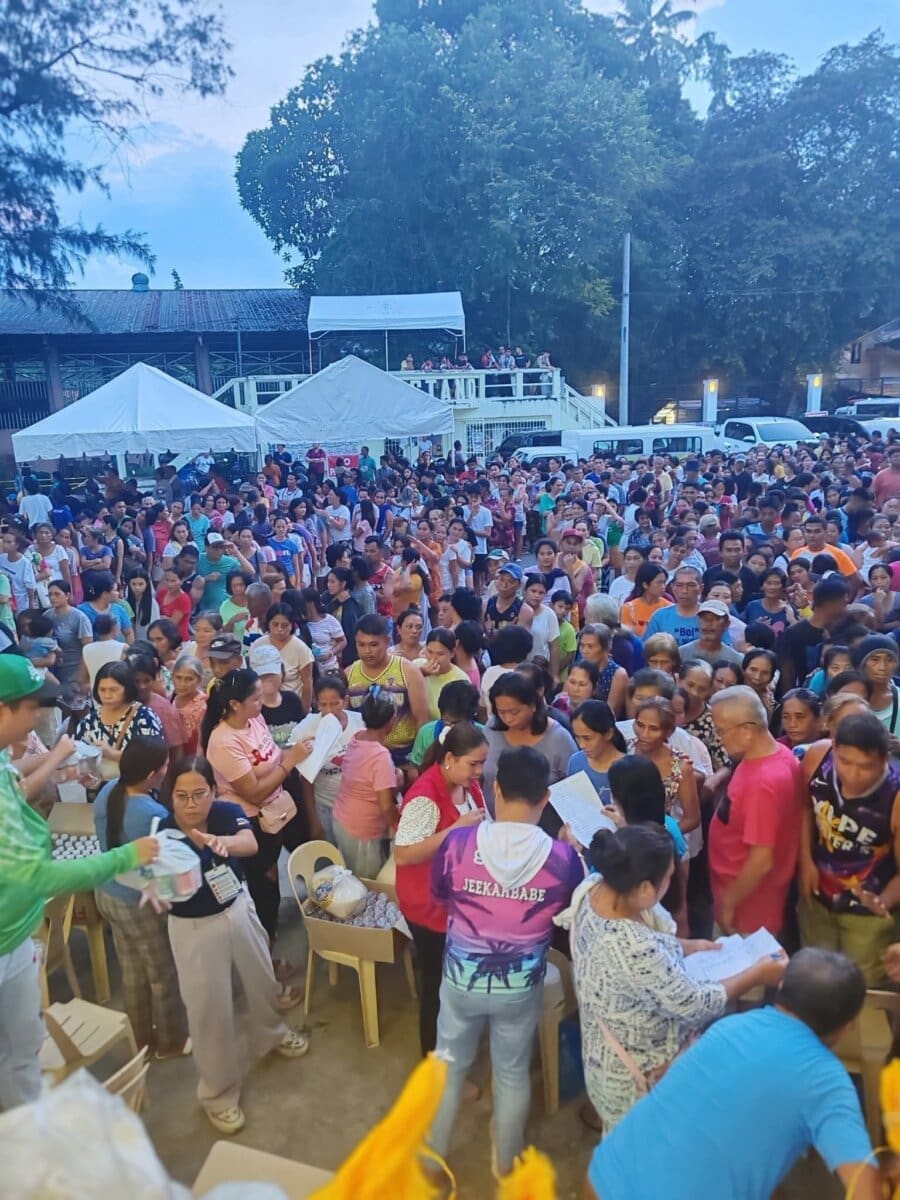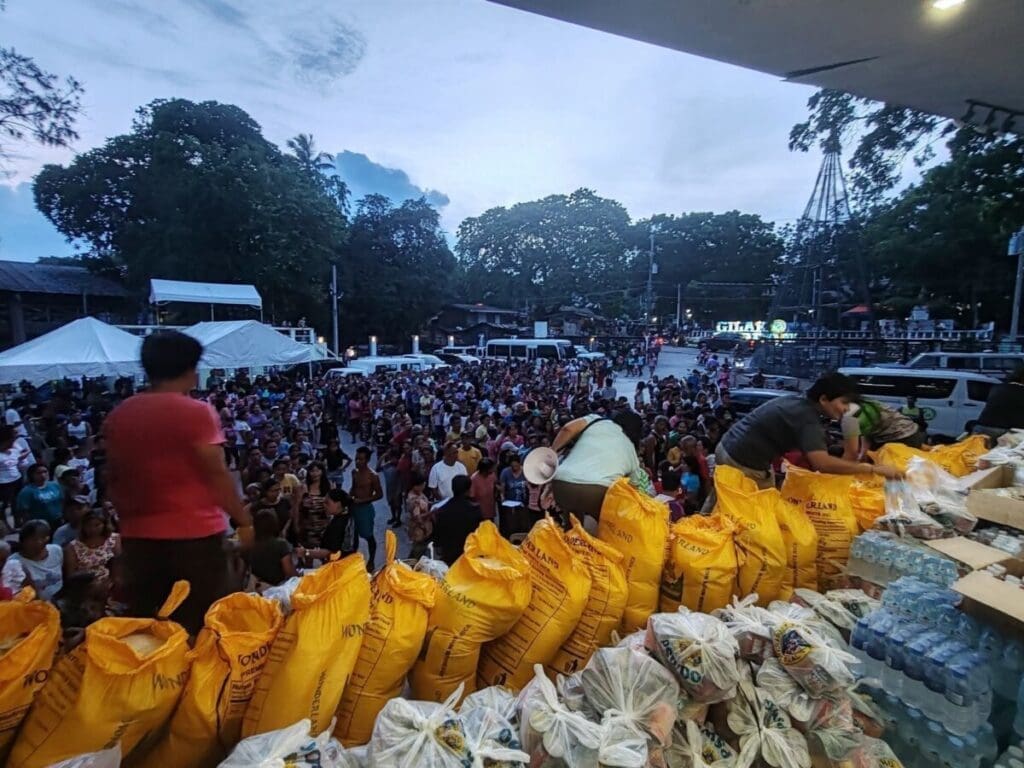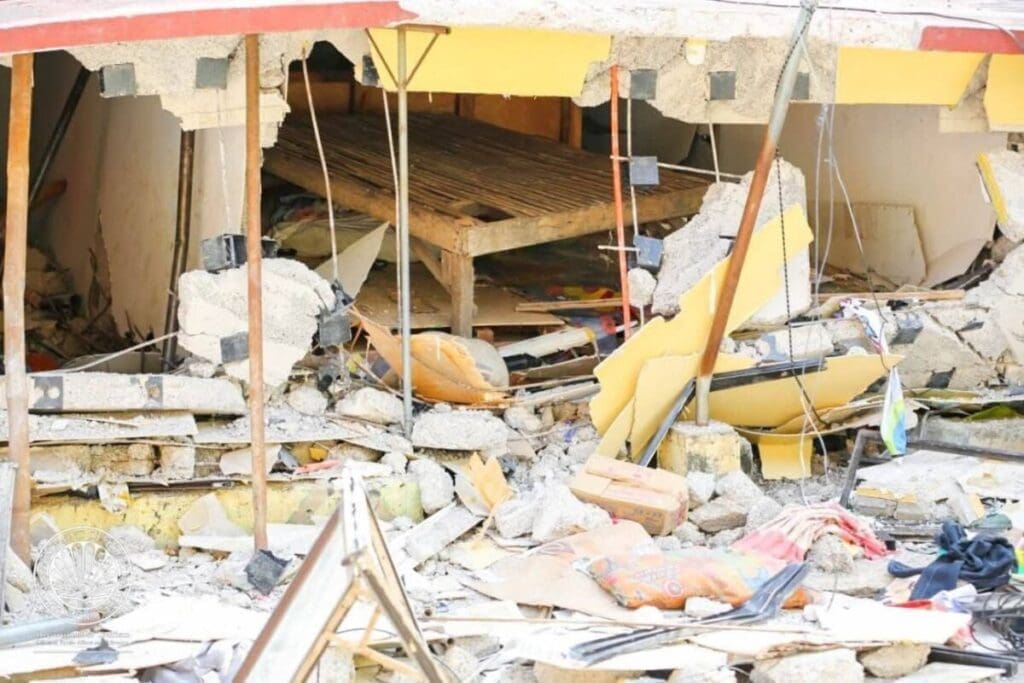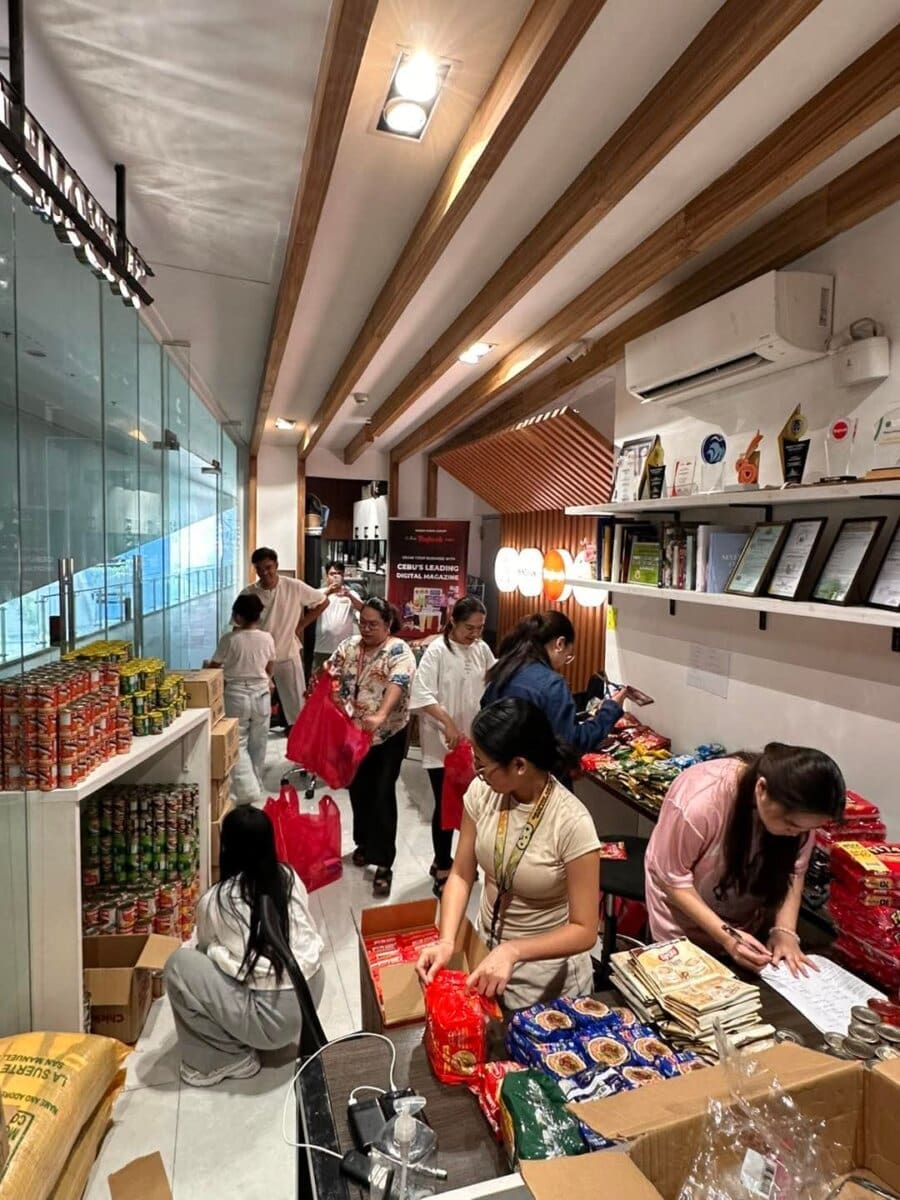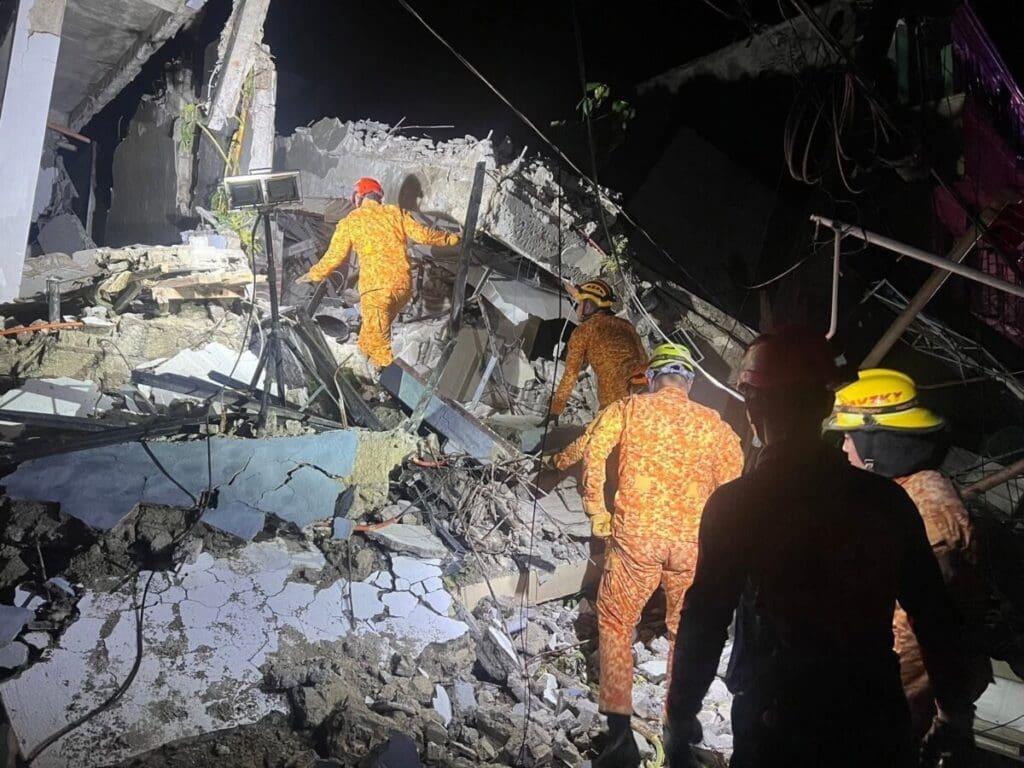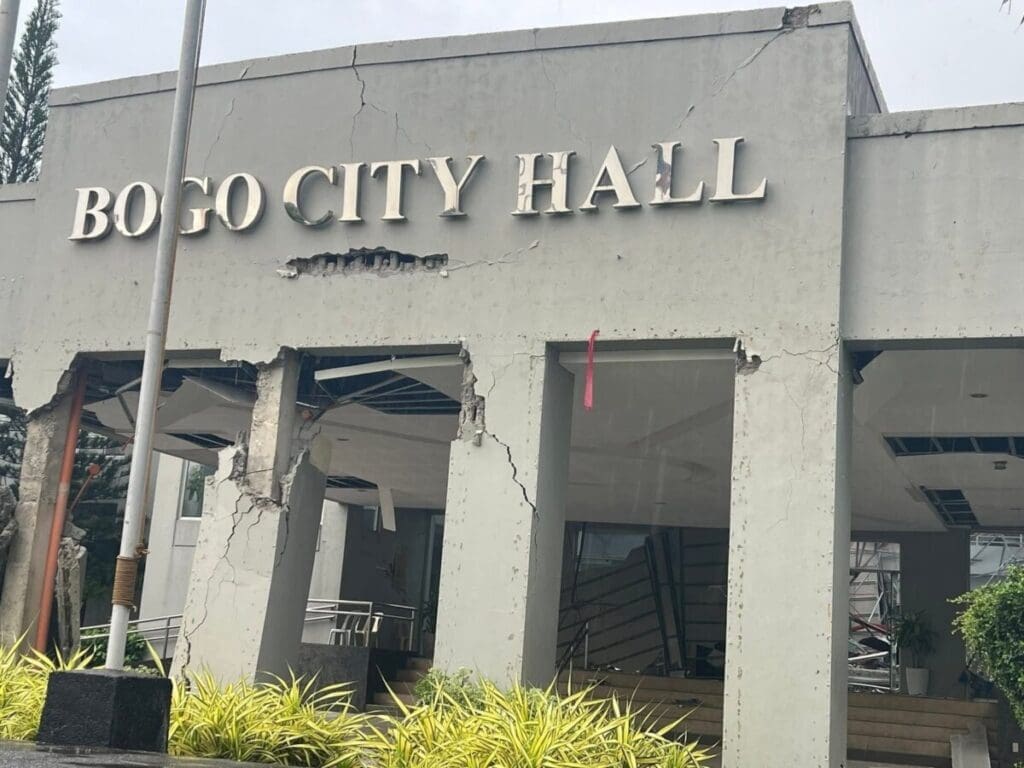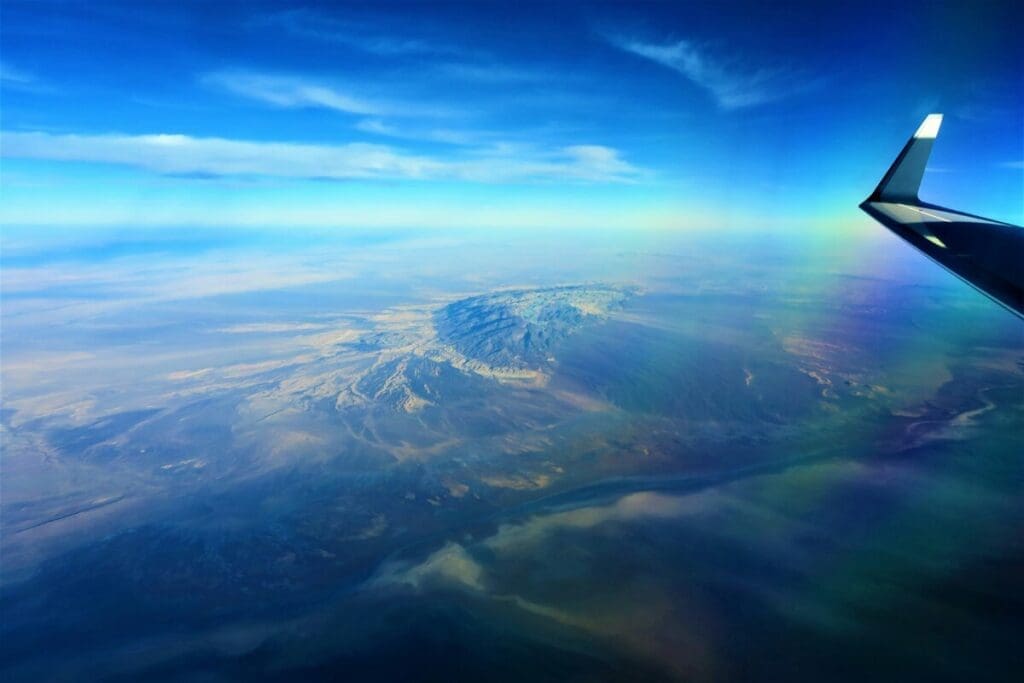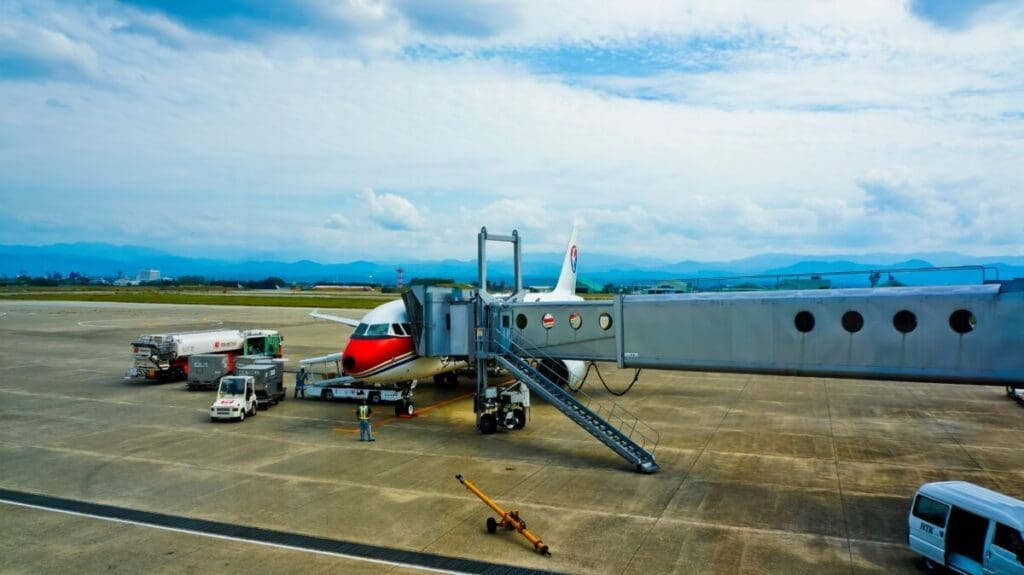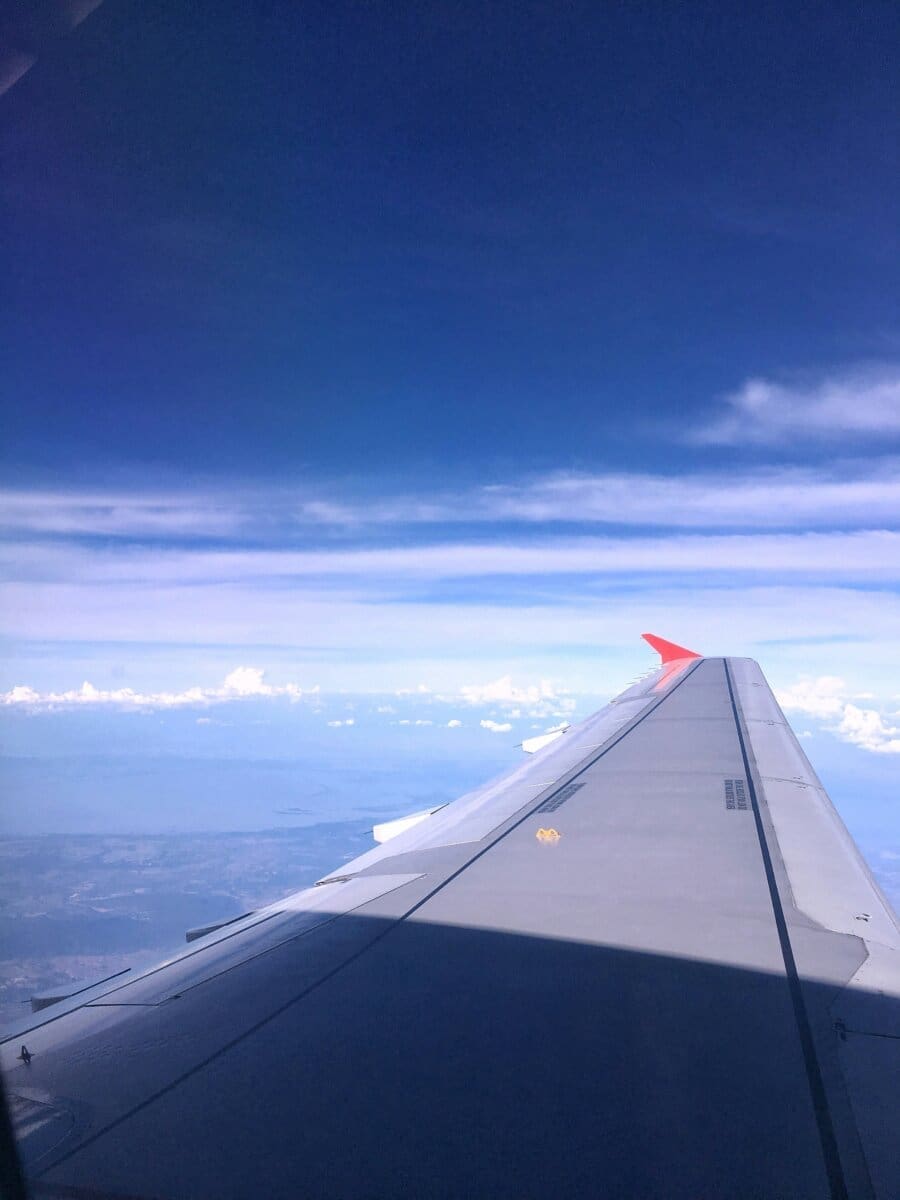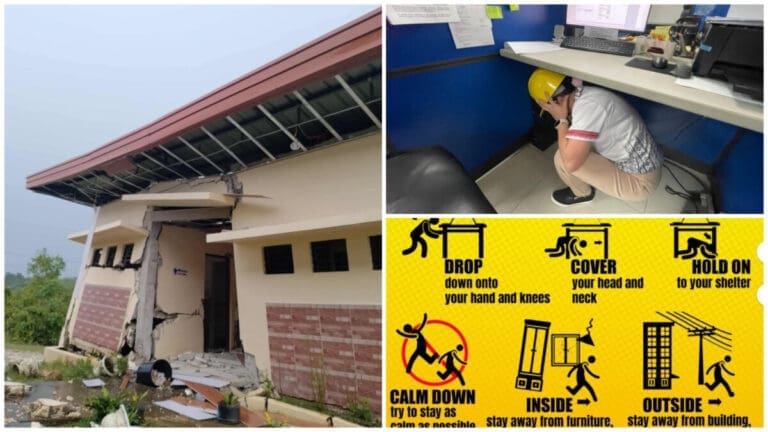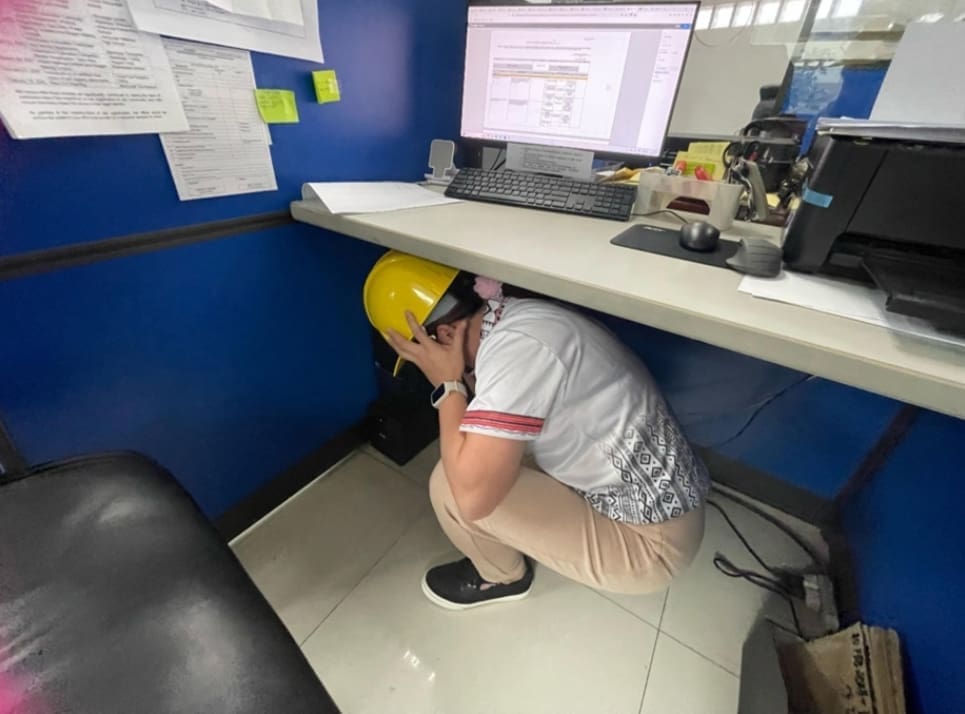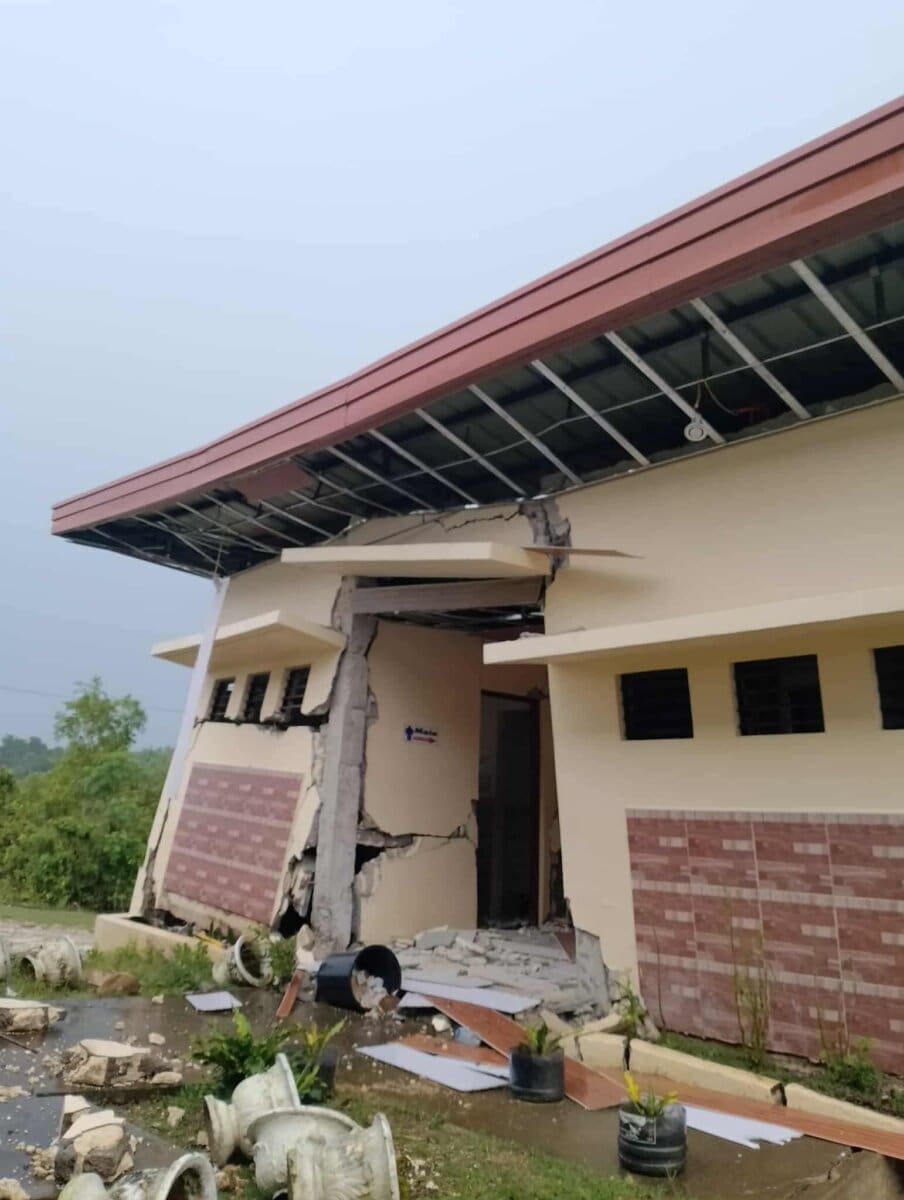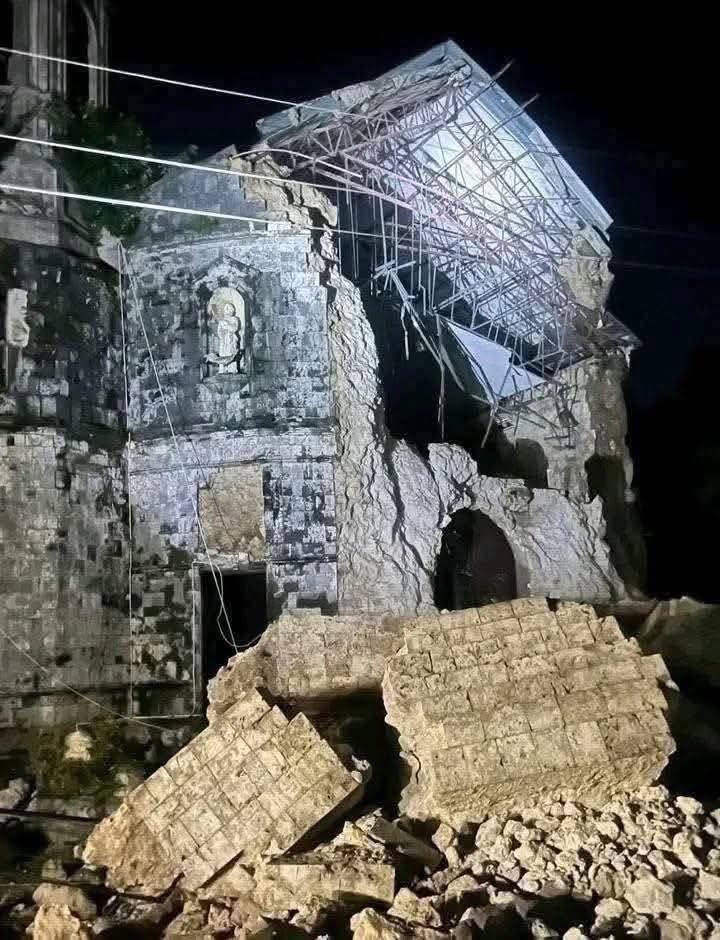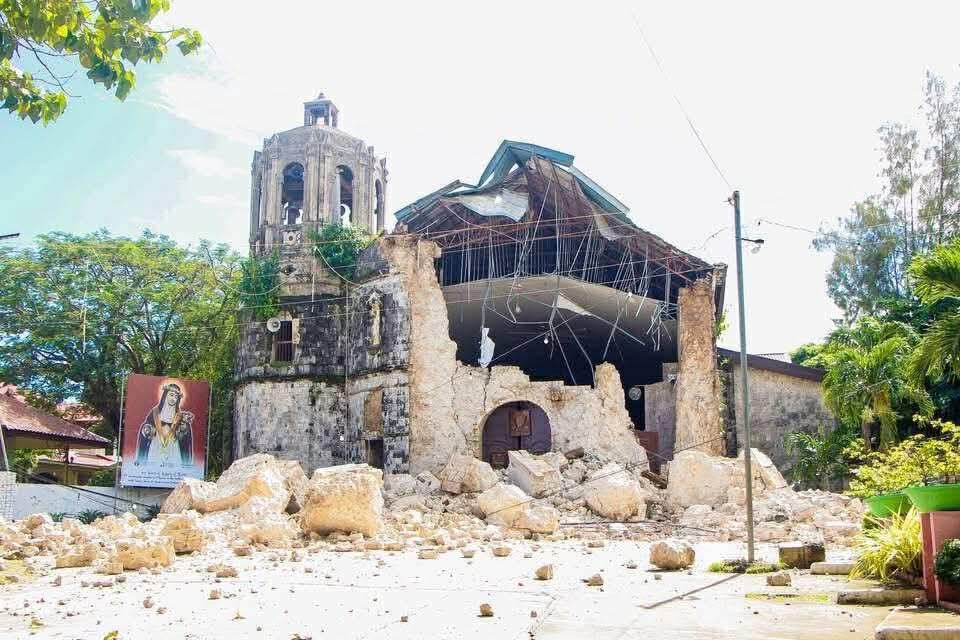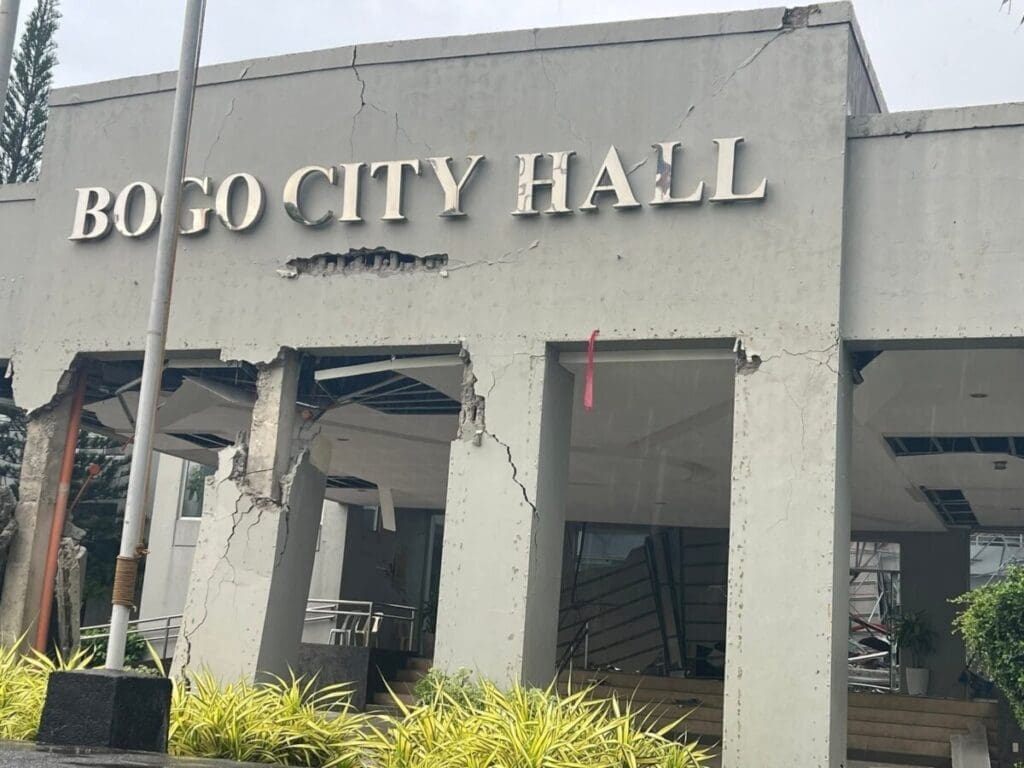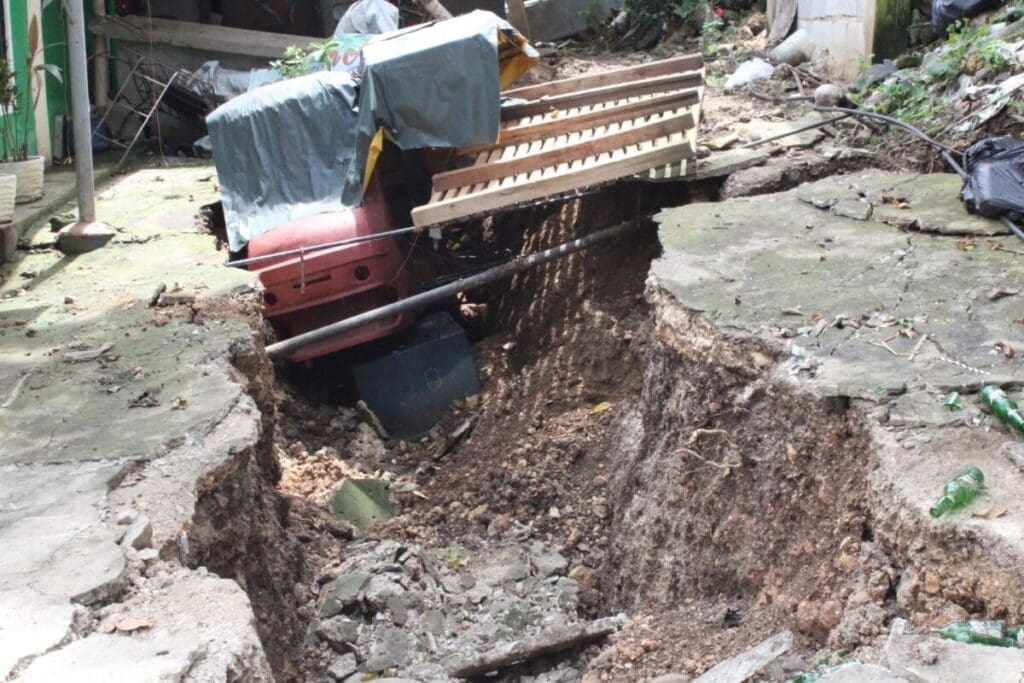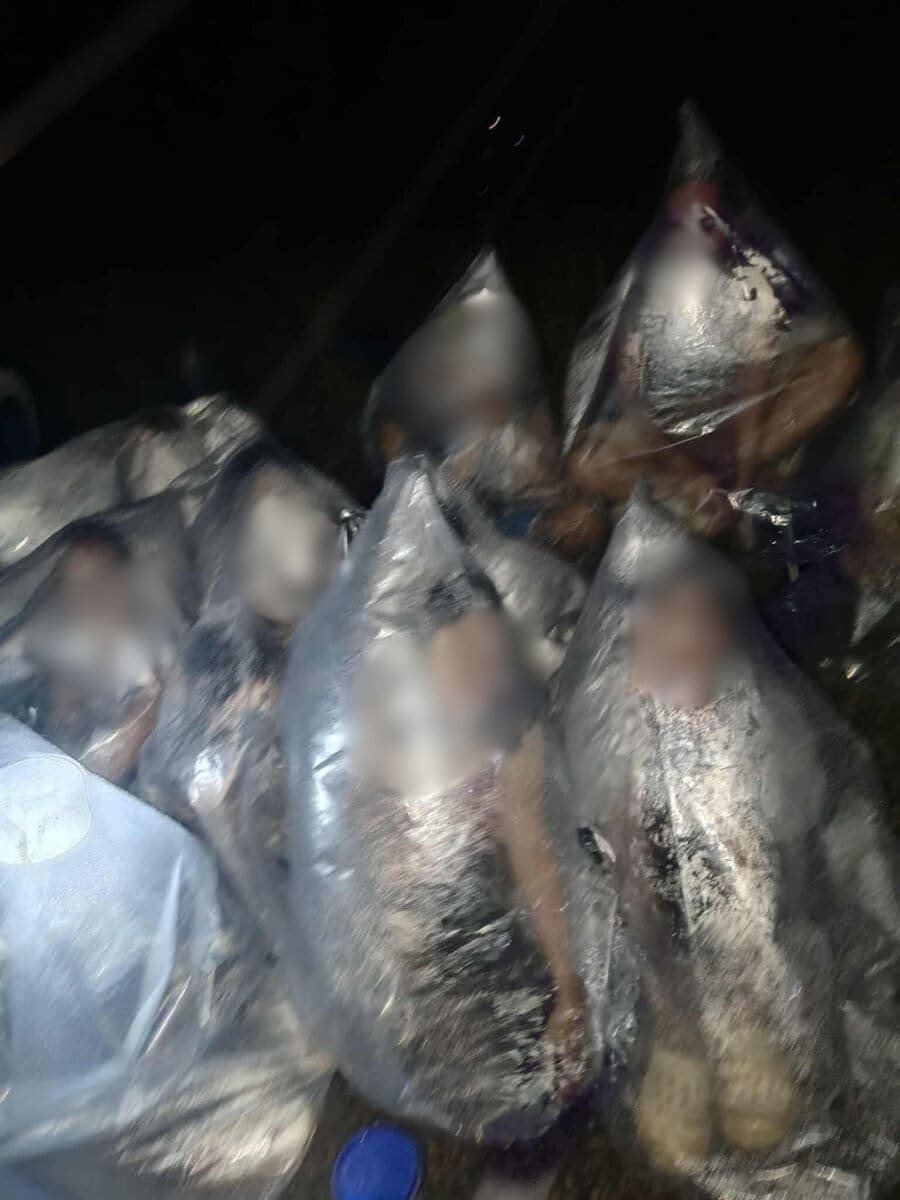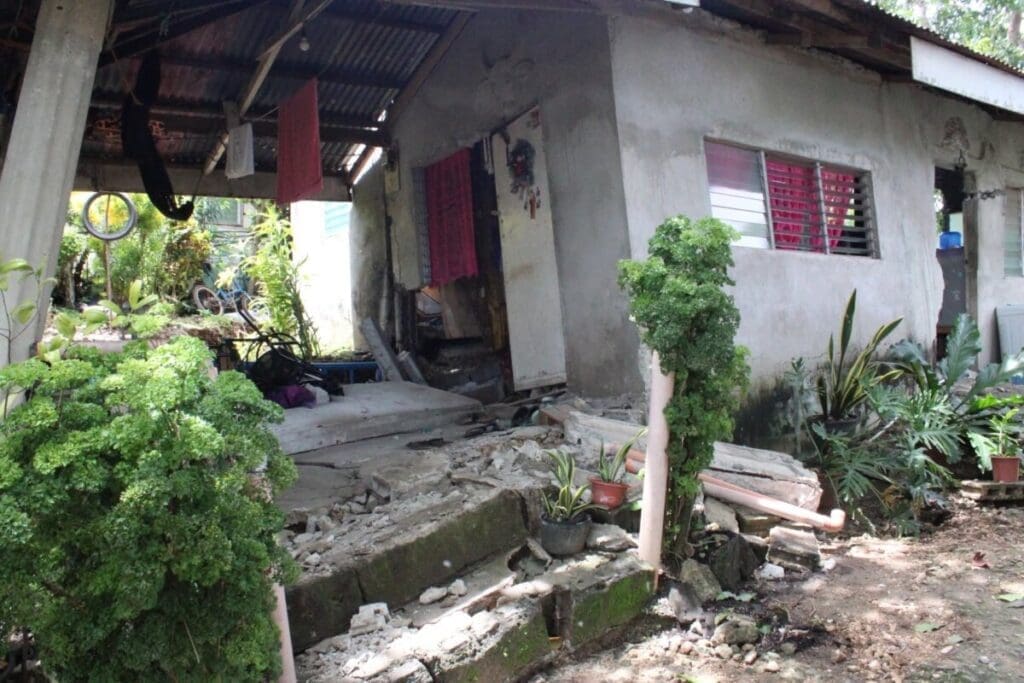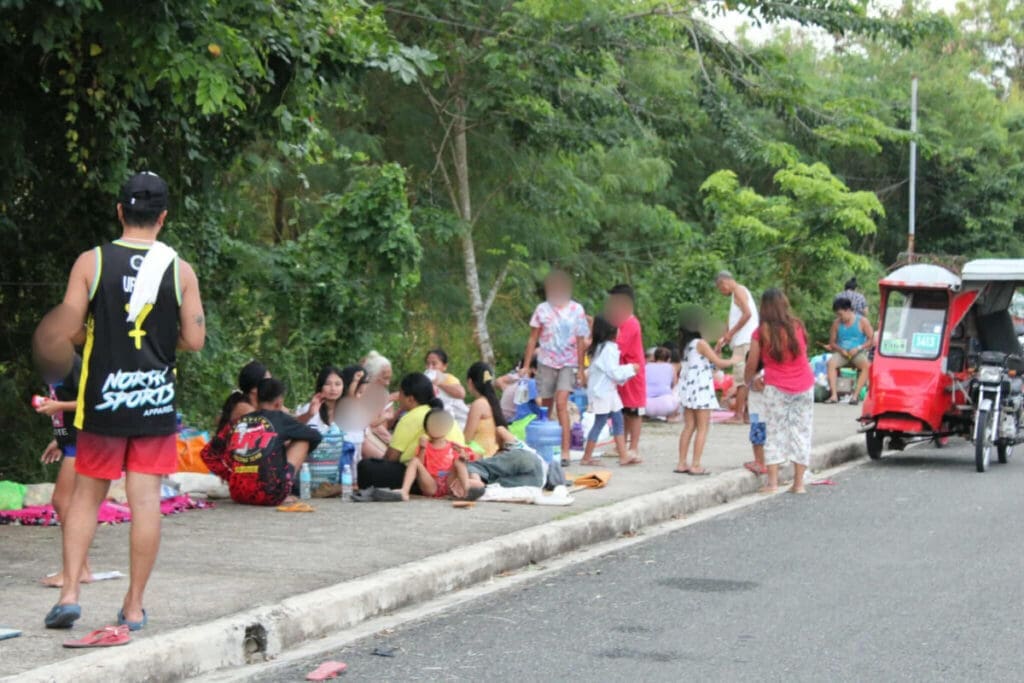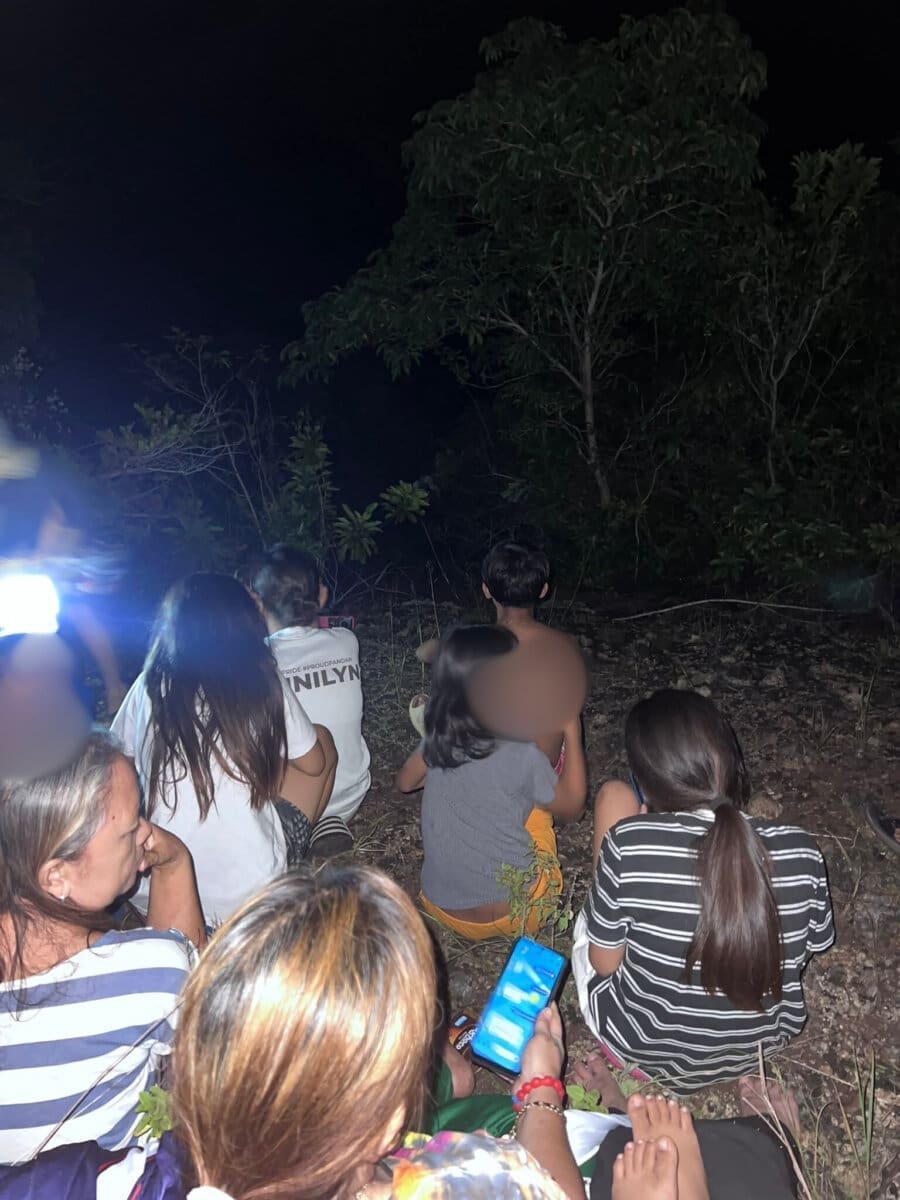
As a crypto futures trader, you’re probably looking for alternatives to CEX to speculate on cryptocurrency volatility. That said, CoinFutures is positioning itself as a new benchmark in futures trading.
In fact, this platform guarantees simplified crypto trading, with 1000x leverage and without complex technical setups. Thus, it offers advanced tools to bet on the simulated movements of Bitcoin and other promising altcoins.
Inside CoinFutures: Simplified Futures Trading for All
Launched by the CoinPoker team, CoinFutures is a futures trading platform for derivatives that relies on the real-time price prediction of cryptoassets. Simply put, it’s a crypto futures platform that allows you to open short or long positions on major cryptocurrencies like Bitcoin and Ethereum.
As you can see, traders don’t own an actual contract on this crypto futures platform. Furthermore, CoinFutures stands out for its accessibility, ergonomics, fluidity, and ease of use. First of all, the platform does not require KYC verification during the registration process.
Thanks to its intuitive menus, you can configure this platform in just a few clicks without being a computer expert. Moreover, all features are available on the main interface. This flexibility allows you to trade derivatives even without using complex tools.
CoinFutures also stands out for its modular leverage of up to x1000, allowing you to generate impressive profits. Furthermore, the platform offers sophisticated risk management tools.
Among others, we can mention: programmed take profit, intelligent stop loss, remote management, personalized auto cash-out. However, beginners and experienced traders are attracted by its auto-trading mode which allows you to automate transactions.
Step-by-Step: Trading Crypto With CoinFutures

Indeed, CoinFutures operates based on a professional approach to cryptocurrency trading. It involves betting on speculative price movements of a crypto asset, either downward or upward.
It’s worth noting that investors don’t need to complete a complex registration process, deposit funds into a CEX, or connect a crypto wallet. However, the platform guarantees a secure connection.
On CoinFutures, KYC-free trading is very simple. Simply download the CoinPoker app. Alternatively, you can access CoinFutures via a web interface. Next, you choose the crypto to trade and indicate whether its price will increase or decrease.
After that, you’ll need to specify the stake amount and determine a multiplier to unlock the potential for profit. Then, all you have to do is validate the position after setting a stop-loss, take-profit, or auto-cash-out.
Once the bet is validated, CoinFutures automatically calculates the bust price. This is to determine the threshold for losses or gains in real time based on price movements. Note that each position can be managed automatically or manually. In other words, the investor can close the position at will or according to the predefined threshold.
Finally, CoinFutures offers you some kid-friendly features, namely: a leaderboard with other players’ bets, a ranking of the best performances, and a virtual coach. All in all, CoinFutures is an ideal crypto futures platform for budding investors who want to understand market dynamics. As a scalping tool, it also gives pride of place to experienced traders.
Available Cryptocurrencies on CoinFutures

At the time of writing, CoinFutures supports two major cryptocurrencies. In fact, you can trade Bitcoin (BTC) and Ethereum (ETH) futures. These two crypto market stars were chosen for their high capitalization and high volatility.
However, this crypto trading platform indicates that new cryptocurrencies will gradually be added to the list in the coming months. For example, we can mention: Solana, BNB, Dogecoin, Litecoin. With the arrival of stablecoins, it is committed to multiplying the gaming possibilities.
Unlike traditional exchanges, CoinFutures doesn’t offer complex price adjustment mechanisms. At least, the platform focuses primarily on perpetual contracts on cryptocurrencies with leverage up to 1000x.
CoinFutures at a Glance
CoinFutures is based on a modern approach that combines trading and gaming. It also offers a directional prediction system that allows you to predict whether crypto prices will rise or fall.You will find risk management tools such as stop-loss, take-profit, auto cash-out and tracking tools such as ROI calculator, Futures Coach, performance ranking. All of this helps increase your expected profit and minimize risks.
Trade Futures with No Identity Checks
Without a doubt, CoiFutures is a KYC-free trading platform you need. In fact, the absence of KYC verification allows you to start your trading adventure with optimal speed. There’s no need to provide proof of identity or address during the registration process. Moreover, it’s an advantage that allows you to trade crypto futures contracts anonymously.
However, the lack of a KYC procedure allows investors to maintain their privacy. It’s also a strategy for quickly accessing the platform and opening a position without undergoing compliance procedures. However, the investor ensures the security of their funds and assumes the risks associated with anonymity.
Boost Your Trades with Up to 1,000x Leverage
If there’s one major advantage of CoinFutures, it’s its flexible leverage of up to 1,000x. This allows you to take advantage of impressive gains on weak price trends on Bitcoin or Ethereum. For example, if you bet $10, your position could be worth $10,000.
Additionally, leverage can be adjusted based on risk tolerance. That said, you can choose moderate crypto leverage for prudent management of your digital assets. The platform then continuously displays the liquidation threshold to help you anticipate risks.
Trader Leaderboards
CoinFutures offers a leaderboard that ranks the best traders. Here, you’ll find the top bettors by day, week, and month. This detailed ranking inspires winning strategies based on criteria such as ROI or return on investment and the most profitable bets.
With this ranking updated in real time, CoinFutures gives novice and intermediate investors the opportunity to simulate their performance. Furthermore, each trader can track their prediction history and perform a comparative analysis of their results.
The goal is to evaluate the returns obtained over a given period. This then allows them to correct flaws and sharpen their trading strategy.
Automated Trading Mode
On CoinFutures, you’ll find an automatic trading mode to avoid stress. In this case, the platform offers advanced tools to configure the trading session. It’s then up to you to define parameters such as: take profit, stop loss, auto cash-out.
Automation allows you to avoid spending long hours in front of a screen without fear of unpleasant results. Moreover, it helps minimize the risks associated with crypto market volatility. Therefore, you don’t need any technical skills to trade crypto futures.
Public Betting & Strategy Sharing
Another notable feature of CoinFutures is the public betting option. In fact, other members of the community can view a user’s open positions. In turn, they can follow, share, or copy these strategies.
Additionally, public bets promote collective learning and social interaction. However, discreet investors can disable this feature to trade in private mode. So, you have the choice between privacy and prediction visibility.
Understanding CoinFutures’ Pricing Model
CoinFutures stands out with its competitive pricing structure. Trading fees are around 0.02% for makers and 0.05% for takers.
However, the platform offers a flexible fee structure. There are two types of fees: flat fee (1% to 3% depending on the amount and leverage) and PNL fee (5% of the profit + 0.5% per hour after the first).
Additionally, CoinFutures does not charge any fees on deposits regardless of the payment method chosen.
CoinFutures: Simple, Intuitive, Accessible
Right off the bat, CoinFutures reviews are largely positive regarding its ease of use. It’s a very user-friendly and easy-to-use crypto futures platform. Even a budding investor would have no trouble navigating this crypto trading site.
Rest assured, the platform only requires a simple email address when opening an account. And there’s no KYC verification procedure. After completing the registration, you need to go to the Play Store to download the CoinPoker app. There’s currently no iOS version for iPad or iPhone users.
Additionally, CoinFutures stands out with its ergonomic, simple and intuitive user interface. You will find a dedicated tab to directly access the leaderboard, daily updates and simulated charts. When you first use it, an interactive tutorial appears to explain how to place a bet.
In short, placing a bet takes just a few clicks. To place a bet, simply choose a crypto, specify a multiplier, and configure the trading parameters. Overall, CoinFutures guarantees an accessible and seamless trading experience.
Reliability and Security of CoinFutures
With the massive influx of crypto futures trading platforms, the question of CoinFutures’ reliability is becoming increasingly acute. In our opinion, this crypto futures platform is secure, reliable, and trustworthy. It places particular emphasis on transparency regarding trading conditions and risk management.
Furthermore, the platform deploys a low-latency matching engine to execute trades in 3 milliseconds. Additionally, CoinFutures holds an operating license from the Anjouan Gaming Authority (AGA), an online gaming regulator.
Currently, it is in the process of obtaining its PSAN (digital asset service provider) registration from the AMF (Autorité des Marchés Financiers). This demonstrates its compliance with current legislation.
CoinFutures also stands out for its AI Futures Coach. It’s an intelligent assistant that suggests entry points and signals the slightest risk of liquidation. In fact, this tool offers traders practical solutions to strengthen their investment skills.
Finally, CoinFutures offers an automated insurance system at 0.2% per contract. What’s more, users’ funds are stored in segregated accounts. And what about the fair algorithms and secure storage with Fireblocks? In this CoinFutures review, we can reiterate that this platform is reliable.
How to Reach CoinFutures Customer Service
Indeed, the CoinPoker interface integrates CoinFutures’ customer service. To contact customer support, simply click on the “Support” tab to access a contact form. Note that requests are processed within an average of 24 to 48 hours.
In fact, the user can send a query or request, and request technical assistance. They must then click on “Submit” to forward the request to the support team. Well before doing so, it is imperative to describe the problem encountered in the dedicated box.
Additionally, users can also contact customer support via email or social media. The platform also offers a comprehensive FAQ section where you’ll find useful information on technical issues, account opening and management, deposits and withdrawals, and more. As you might have guessed, there’s no phone support or live chat yet.
The Bottom Line
Ultimately, CoinFutures positions itself as an original solution in the field of crypto futures trading. This crypto futures platform captivates traders’ attention with its unique advantages: clear and ultra-fast interface, no KYC procedure, leverage up to 1000x, transparent and flexible fee structure, ranking of the best bettors, risk management tools.
In short, CoinFutures caters to players looking for a fun experience. In fact, its focus on gamification says it all. However, the information contained in this CoinFutures review does not constitute investment advice. That said, do not bet an amount of money that could affect your daily lifestyle.



